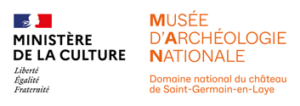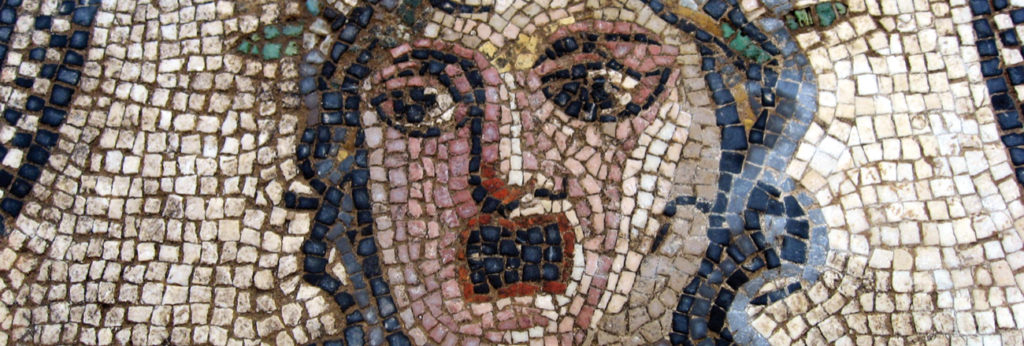The National Archaeology Museum
One of the largest archaeological museums in Europe, at the heart of a site with a history stretching back thousands of years.
The Château de Saint-Germain-en-Laye was once a royal residence and the birthplace of many monarchs. In 1862, Napoleon III commissioned Eugène Millet to restore the château to create a palace dedicated to archaeology, which was then a nascent discipline. A leading institution in the field, the National Archaeology Museum exhibits and conserves world-class archaeological collections that trace the lives of people in France from prehistoric times to the year 1000. The museum’s extensive collection of artefacts and series bear witness to the evolution of techniques, artistic expression, and the depiction of our ancestors. The museum also houses exceptional foreign archaeological and ethnographic collections, assembled and organised by Henri Hubert in the early 20^(th) century. These collections provide archaeological and anthropological comparisons of the diversity of human societies across the globe.
Adjacent to the château, the Domaine National offers exceptional views of the Île-de-France region. Just 30 minutes from Paris, the site boasts 57 hectares of gardens and a 1,945-metre-long terrace designed by André Le Nôtre. The site is managed directly by the Ministry of Culture, which is implementing an ambitious programme of restoration and modernisation. Following the completion of major work on the exterior façades and roofs in April 2022, further work is underway to improve accessibility and safety at the monument. A significant step forward in this regard is the restructuring of the south-west staircase, which is set to begin in autumn 2024. This will include the construction of a new staircase and lift that meet current standards, providing easier access to all areas of the museum. The project also involves creating a new emergency exit and access to the moat, strengthening the connection between interior and exterior spaces. While these works are necessary to preserve the monument and modernise its facilities, many parts of the museum will be closed during the process. Currently, only the rooms devoted to the Neolithic and Protohistory periods are open to the public.

In keeping with its mission to share knowledge, the National Archaeology Museum is using this transitional period to share its collections with a wider audience. In collaboration with partners throughout France, the museum is touring its exhibitions and co-producing original shows. As the rooms devoted to Roman Gaul are affected by the works, the National Archaeology Museum is involved in a number of off-site operations, including the exhibition “Gaulish but Roman! Masterpieces from the National Archaeology Museum”.
Thanks to a partnership with the Musée de la Romanité in Nîmes, more than two hundred sculptures, small bronzes and everyday objects are on display for the first time, including internationally renowned pieces such as the Alesia canthara, the Bouray god, the Rethel treasure and the tomb of the Roman officer from Chassenard. The exhibition was curated by the Musée d’Archéologie Nationale in collaboration with the Nîmes team, and the museum also coordinated the exhibition catalogue. The catalogue provides an up-to-date overview of our knowledge of Roman Gaul alongside a selection of significant artefacts.
Photo : @ MAN / Valorie Gô

